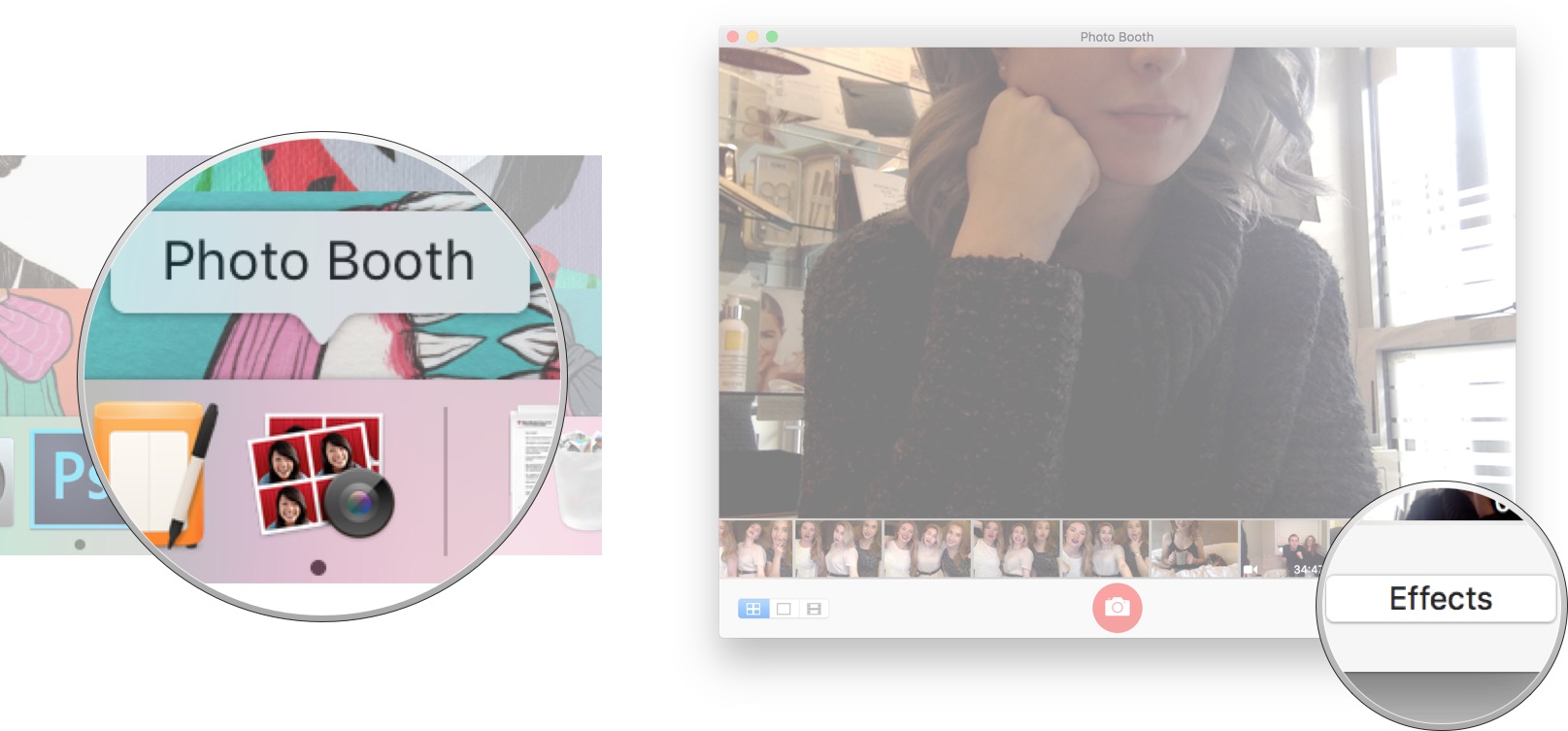


Drop-in Filtersĭrop-in filters are used primarily with telephoto lenses, as they often have larger front elements and cannot always be used with a standard screw-on filter.

They usually vary in diameter or thickness, and the thickest ones can sometimes produce vignetting in your images. There are different camera filters that fall under this category, including the most commonly used ones like polarizers, ND filters, and color filters. Screw-On FiltersĪlso called a circular filter, this is any camera lens filter that is directly mounted and screwed onto the front of a lens. Different Kinds of Camera Lens Filters Image via Shutterstock 1. But adding filters to photos also gives a little oomph to an otherwise lackluster shot by adding some interesting effects, like multi-point “stars” on light sources or softened edges. They Add Impact to Your ImagesĬamera lens filters can help improve your images in various ways-they’re useful for increasing contrast in an image, creating more vivid colors, eliminating glare and distracting reflections from water and glassy surfaces, and more. These are particularly helpful when shooting outdoors during daytime, particularly when using fast shutter speeds may not be enough to avoid overexposure. They do this by blocking some of the light that enters the lens (in varying degrees). When working with particularly difficult lighting conditions, photo filters are a great option for achieving even and accurate exposure across your entire image. Some have the ability to correct the color temperature of a scene, while others can enhance color and contrast for a more vibrant image. There are certain types of photo filters that can alter or boost the colors in your images. Protective lens filters eliminate the possibility of scratches, cracks, and dust accumulating on the surface of your lens. These are great for protecting the front lens element during normal shooting situations, as the clear glass does not affect your images in any way. The most affordable types of camera lens filters are clear and simply used for protection. How are Camera Lens Filters Used in Photography? Image via Shutterstock They Protect Your Lens Each lens filter serves a specific purpose, as each one is built to deliver a specific effect that can help enhance the final look of an image. Photographers use these little pieces of glass for a multitude of reasons, but the most common use for photo filters is managing tricky lighting conditions when shooting.įilters help minimize glare and reflections, enhance colors, reduce light coming into the lens, and more. You can read more about our review and editorial process here.As a budding or aspiring photographer, you’ve likely seen or even used camera lens filters before. However, this doesn’t affect the recommendations our writers make. We may earn commissions on purchases made using our links. IGeeksBlog has affiliate and sponsored partnerships.
#Apple mac camera filters how to
How to stop iPhone HDR from saving multiple photos.How to adjust the date and time of photos or videos.Best photo Editing Apps for iPhone and iPad.You would like to check out these appreciable lists If any of your favorite photo editor missing from this list, do let us know that in the comments. So, try out one of these apps and let us know your feedback. With these photo filters and effects, transforming the look of any photo is incredibly easy.

It also doubles up as a tool to plan and preview your Instagram feed. You can even batch edit photos and save custom filters. Moreover, there are over 120 effects to play around with and advanced tools like HSL, curves, selective editing, etc. You can instantly uplift any shot and make it perfect for social media.
#Apple mac camera filters free
Some are free to use, while others require in-app purchases. Take your photos to the next level with over 500 filters designed by top photographers and influencers.


 0 kommentar(er)
0 kommentar(er)
